
Unlocking the Char Dham Yatra Religious Significance for Pilgrims
The Char Dham Yatra is one of the most revered pilgrimages in Hinduism, comprising four sacred sites nestled in the stunning Himalayas of Uttarakhand: Yamunotri, Gangotri, Kedarnath, and Badrinath. Each location is imbued with its own unique religious significance, attracting millions of devotees annually. This pilgrimage fosters deep faith and devotion while preserving cultural heritage. To truly understand the Char Dham Yatra, one must explore the myths, deities, and traditions linked to these sacred sites, each representing vital aspects of Hindu spirituality and belief.

1. Yamunotri: The Origin of the Yamuna River
Yamunotri is dedicated to Goddess Yamuna, one of the most important rivers in Hindu mythology. According to legends, the river is considered the sister of Yama, the god of death. Pilgrims believe that a dip in the sacred waters of the Yamuna absolves one of sins and ensures a safe passage to the afterlife.
The Yamunotri Temple, situated at an altitude of approximately 3,235 meters, is the starting point of the Char Dham Yatra. The temple, surrounded by snow-capped peaks and lush valleys, houses a black marble idol of Goddess Yamuna. Devotees perform rituals and offer prayers to seek blessings for their families and loved ones. The Yamunotri trek also represents a spiritual journey of self-discovery, allowing pilgrims to connect with nature and God.
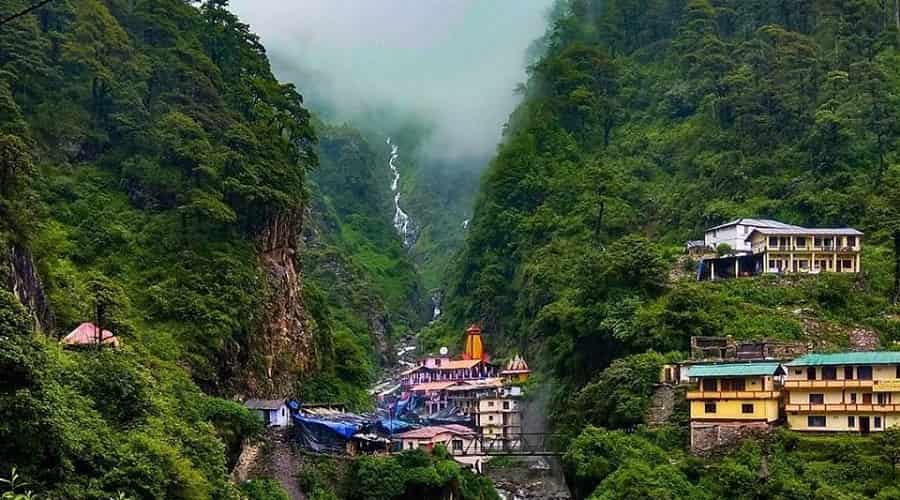
2. Gangotri: The Source of the Ganges River
The next stop in the Char Dham Yatra is Gangotri, which holds significant religious importance as the origin of the Ganges River, considered the holiest river in Hinduism. According to mythology, Goddess Ganga descended to Earth from heaven to purify the souls of the ancestors of King Bhagirath. The Gangotri Temple, located at an altitude of 3,048 meters, is dedicated to Goddess Ganga and is believed to have been built by Maharaja Pratap Shah of Tehri in the 18th century.
Pilgrims visit Gangotri to seek forgiveness for their sins and to perform rituals for their deceased relatives. The sacred waters of the Ganges are believed to have the power to wash away sins and grant liberation from the cycle of birth and death. During the Gangotri pilgrimage, devotees often carry sacred Ganges water back to their homes to perform rituals for their ancestors.
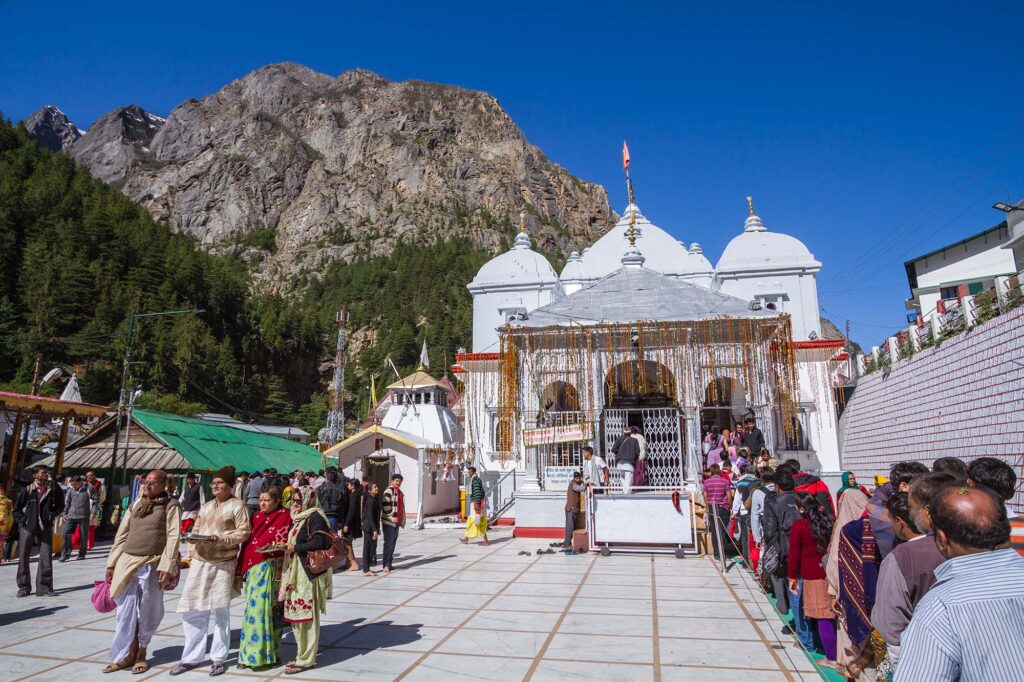
3. Kedarnath: The Abode of Lord Shiva
Kedarnath is one of the twelve Jyotirlingas of Lord Shiva and holds immense religious significance in Hinduism. It is situated at an altitude of 3,583 meters and is accessible only during the summer months due to heavy snowfall in winter. The Kedarnath Temple, built in the 8th century by Adi Shankaracharya, is one of the oldest shrines dedicated to Lord Shiva.
Devotees believe that visiting Kedarnath grants them the opportunity to attain spiritual enlightenment and liberation. The temple attracts pilgrims from all walks of life, who come to seek blessings and perform Rudrabhishek, a special ritual dedicated to Lord Shiva. The breathtaking views of the Himalayas surrounding the temple add to the spiritual ambiance, making the journey to Kedarnath a deeply enriching experience.
Kedarnath also has a rich mythological background, as it is believed to be the place where the Pandavas sought forgiveness from Lord Shiva after the Kurukshetra War. The temple’s architecture and the serene environment make it a significant pilgrimage site for devotees seeking to connect with the divine.
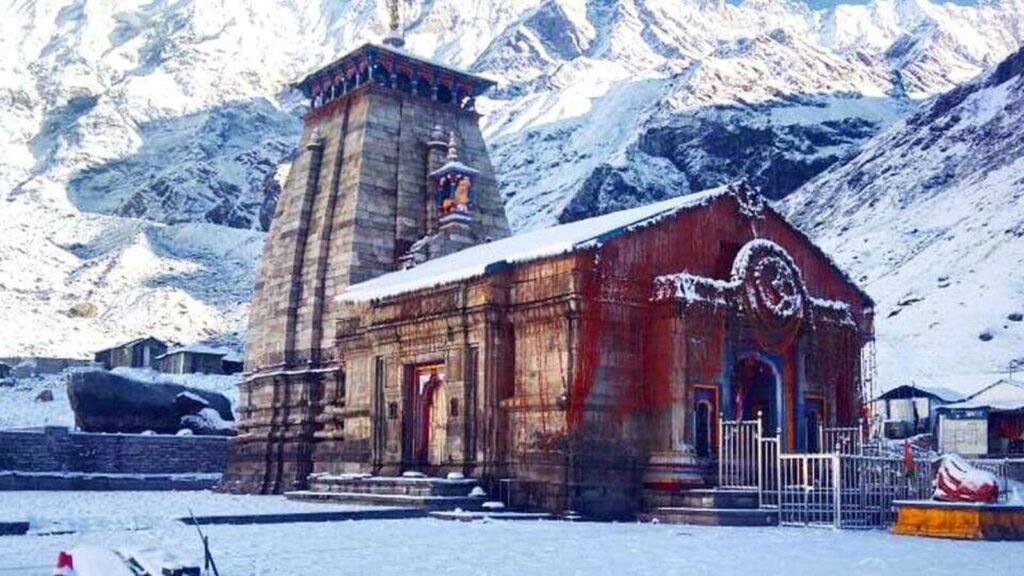
4. Badrinath: The Land of Lord Vishnu
Badrinath is the final destination of the Char Dham Yatra and is dedicated to Lord Vishnu. It is situated at an elevation of 3,133 meters and is one of the Chaturdham—the four main abodes of Lord Vishnu. The Badrinath Temple, believed to have been established by Adi Shankaracharya in the 9th century, is a prominent pilgrimage site for devotees.
The temple houses a black stone idol of Lord Vishnu in a meditative posture, adorned with various ornaments and flowers. Pilgrims believe that visiting Badrinath helps them attain spiritual wisdom and eternal peace. It is also a place where devotees seek blessings for prosperity and well-being.
The town of Badrinath is surrounded by the majestic Nar and Narayan mountains, adding to the spiritual experience. The sacred waters of the Alaknanda River, flowing near the temple, are believed to purify the soul and provide solace to the devotees. Additionally, the significance of Badrinath is reinforced by its connection to the Mahabharata, as it is believed to be the place where Lord Vishnu protected his devotees.
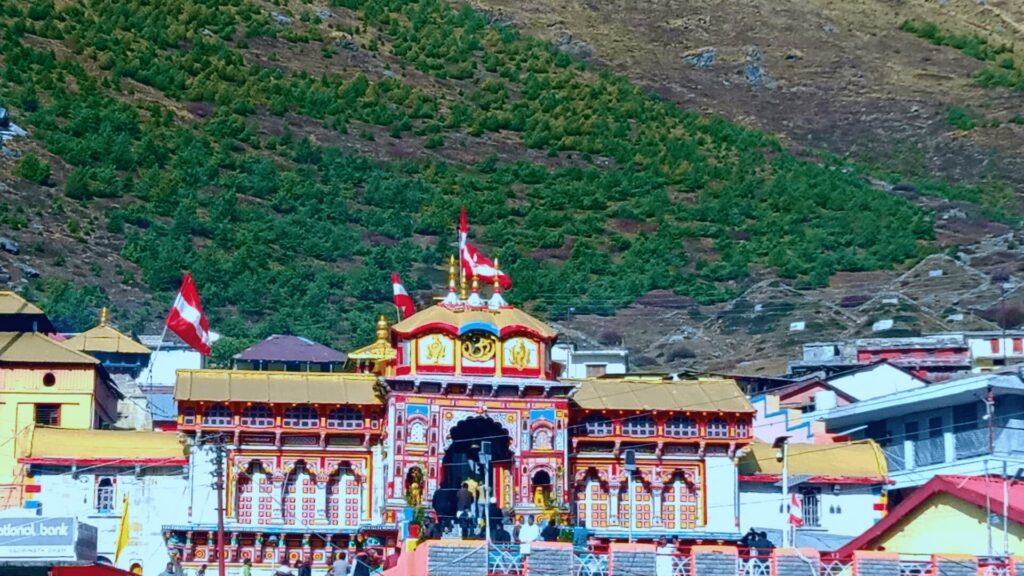
The Spiritual Journey of the Char Dham Yatra
The Char Dham Yatra is not merely a physical journey; it symbolizes the spiritual quest for self-realization and enlightenment. Pilgrims embark on this journey to purify their souls, seek forgiveness for past sins, and reconnect with their spiritual roots. The combination of breathtaking landscapes, serene temples, and rich mythology creates a unique atmosphere for introspection and devotion.
1. Purification of the Soul
The primary motivation behind undertaking the Char Dham Yatra is the belief in the purification of the soul. Hindus believe that visiting these sacred shrines washes away sins and brings them closer to liberation (Moksha). The act of performing rituals, offering prayers, and immersing oneself in the sacred waters of the rivers enhances the spiritual experience.
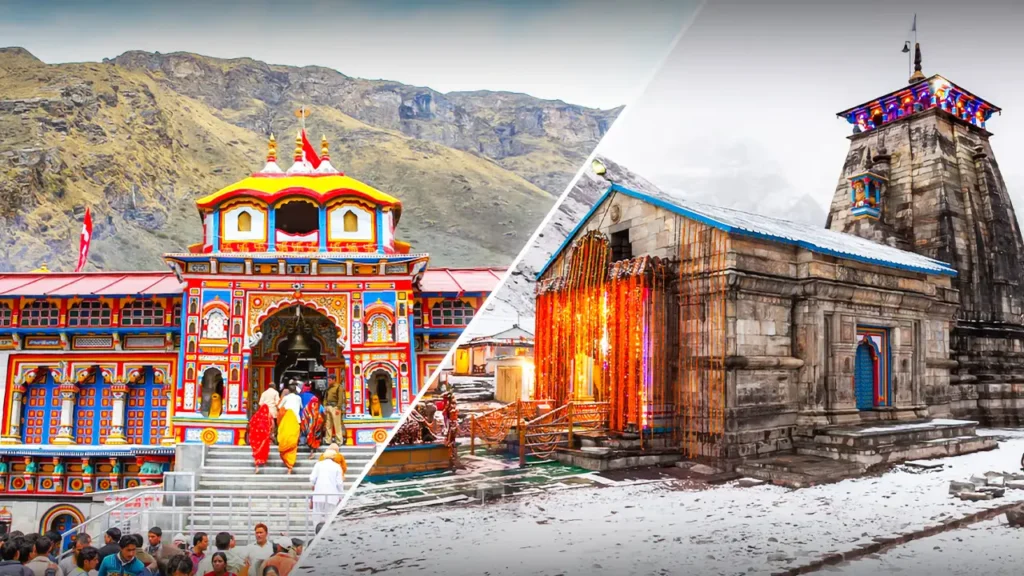
2. Strengthening of Faith
The Char Dham Yatra strengthens the faith of pilgrims, allowing them to connect with their cultural and religious identity. As they navigate the challenging terrains and undertake the arduous journey, they cultivate resilience, patience, and devotion. Each step taken towards the dhams is considered an act of worship, reinforcing their commitment to their faith.
3. Community and Pilgrimage Culture
The Char Dham Yatra fosters a sense of community among pilgrims. Travelers often share their experiences, stories, and insights, creating bonds that transcend cultural and geographical boundaries. The pilgrimage culture promotes harmony and unity among devotees, encouraging them to support and uplift one another throughout the journey.
4. Cultural Heritage
The Char Dham Yatra is not just a religious pilgrimage; it is also a celebration of India’s cultural heritage. The temples, rituals, and festivals associated with each dham reflect the rich traditions and customs of the region. Pilgrims have the opportunity to immerse themselves in local culture, cuisine, and art, enriching their overall experience.

The Role of Pilgrimage in Hindu Culture
The Char Dham Yatra serves as a vital aspect of Hindu culture, with its roots deeply embedded in the practice of pilgrimage. In Hinduism, pilgrimage is seen as a means of personal transformation, offering devotees a chance to step away from their daily lives and immerse themselves in spiritual pursuits.
1. Symbolism of Pilgrimage
Pilgrimage, particularly the Char Dham Yatra, symbolizes a journey towards self-discovery and enlightenment. As pilgrims traverse the rugged terrains of the Himalayas, they encounter physical challenges that mirror their internal struggles. This journey serves as a metaphor for overcoming obstacles in life and attaining spiritual growth.
2. Community Bonds
The Char Dham Yatra fosters a sense of community among pilgrims. Traveling in groups allows individuals to share their experiences, prayers, and aspirations. This collective journey strengthens communal ties and encourages mutual support, enriching the overall experience. The shared goal of reaching the sacred shrines cultivates a spirit of togetherness that transcends social and economic divides.

3. Rituals and Offerings
Each site in the Char Dham Yatra has its unique rituals and offerings that devotees perform to seek blessings. At Yamunotri, pilgrims may perform a Yamuna Aarti, offering flowers and sweets to the river. In Gangotri, devotees often carry sacred water back home, while in Kedarnath, rituals like Rudrabhishek are performed to honor Lord Shiva. At Badrinath, pilgrims offer prayers for prosperity and well-being.
These rituals play a crucial role in deepening the spiritual experience, connecting pilgrims with their beliefs and traditions. They serve as a means to express devotion, gratitude, and reverence for the divine.
The Environmental Aspect of the Char Dham Yatra
In recent years, there has been growing awareness about the environmental impact of the Char Dham Yatra. The influx of pilgrims poses challenges to the fragile Himalayan ecosystem, leading to concerns about waste management, deforestation, and pollution.
1. Sustainable Tourism Practices
To address these issues, various initiatives have been launched to promote sustainable tourism in the region. Local authorities are implementing eco-friendly practices, such as waste segregation, the use of biodegradable materials, and creating designated trekking paths to minimize environmental disruption.
2. Awareness Campaigns
Awareness campaigns are also vital in educating pilgrims about responsible behavior during their journey. Encouraging visitors to respect the local environment, adhere to guidelines, and participate in cleanliness drives can significantly reduce the ecological footprint of the Yatra.

The Char Dham Yatra and Modern Pilgrimage
The essence of the Char Dham Yatra remains unchanged, but the experience has evolved over the years. Modern technology has made the pilgrimage more accessible, allowing more people to undertake this spiritual journey.
1. Transportation and Accessibility
With improved transportation infrastructure, such as better roads, helicopter services, and online booking options, reaching the Char Dham sites has become more convenient. This accessibility, while beneficial, also raises questions about the sustainability of the pilgrimage and its impact on the local culture.
2. Digitalization of Pilgrimage
The digital age has transformed how pilgrims plan their journeys. From online bookings to virtual experiences, technology has enabled travelers to engage with the Char Dham Yatra before even setting foot on the sacred ground. Many devotees now seek information online, participate in virtual tours, and share their experiences on social media platforms.
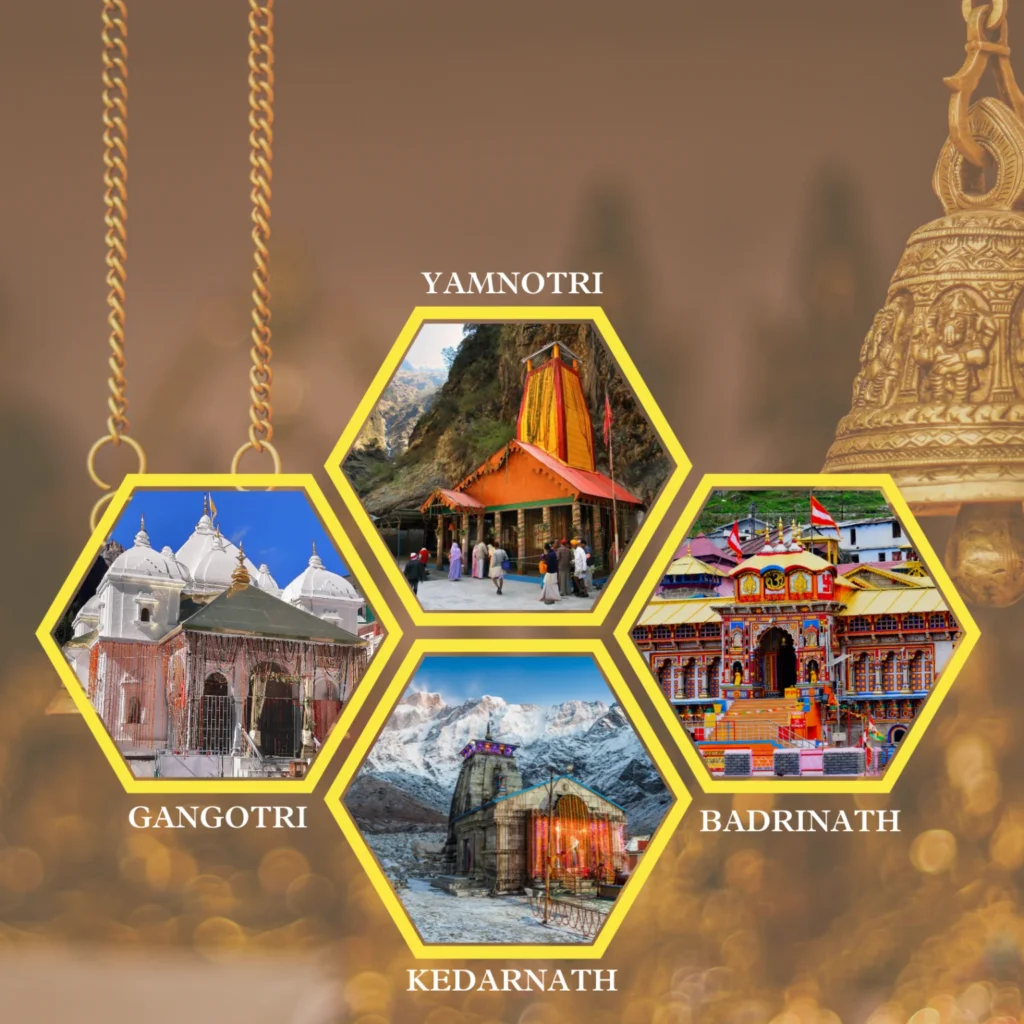
The Spiritual Connection of Char Dham Yatra
The Char Dham Yatra is a profound spiritual experience that transcends the physical journey to the four sacred shrines. It symbolizes a deeper connection with the divine, offering pilgrims a chance to reflect on their lives and seek spiritual upliftment.
1. Personal Transformation Through Pilgrimage
Embarking on the Char Dham Yatra is often described as a transformative journey. Pilgrims come seeking not just blessings but personal growth. The challenges faced during the trek, such as rugged terrains and varying weather conditions, encourage resilience and introspection. Many devotees report a sense of renewal upon completing the pilgrimage, feeling spiritually cleansed and rejuvenated.
2. A Journey of Faith and Devotion
The pilgrimage is deeply rooted in faith, with each site offering unique opportunities for devotees to express their devotion. The rituals performed at each temple, such as the lighting of lamps, offering of flowers, and chanting of prayers, serve as a medium to connect with the divine. These acts of devotion enhance the spiritual atmosphere, allowing pilgrims to feel a profound presence of God.
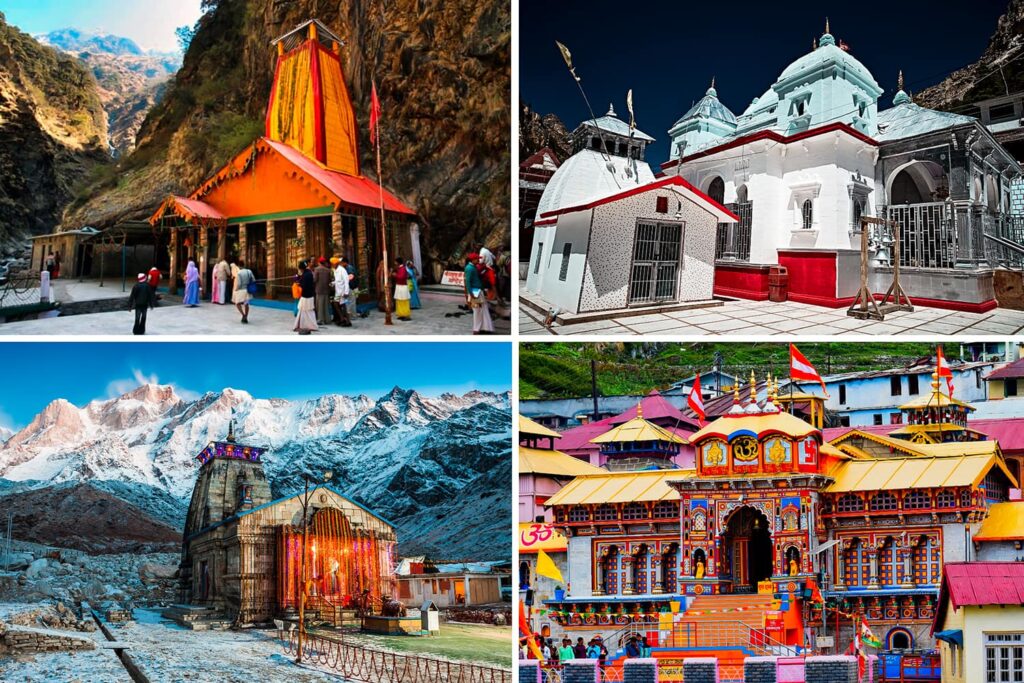
3. Cultural Significance of the Char Dham
The Char Dham Yatra is not only a spiritual pilgrimage but also a celebration of cultural heritage. Each site is steeped in mythology, with stories and traditions passed down through generations. Festivals celebrated at these shrines attract devotees from all over the country, showcasing the rich cultural tapestry of India. Engaging with local customs, music, and cuisine during the journey adds depth to the spiritual experience.
4. Symbolism in the Char Dham
Each of the four dhams embodies specific symbolic meanings that resonate with pilgrims:
- Yamunotri: Represents the purification of the soul, as the waters of the Yamuna are believed to wash away sins.
- Gangotri: Symbolizes the flow of life and sustenance, as the Ganges is considered the giver of life.
- Kedarnath: Stands for the power of transformation and redemption through the grace of Lord Shiva.
- Badrinath: Embodies divine wisdom and enlightenment, as Lord Vishnu is revered for bestowing knowledge and blessings.
These symbols remind pilgrims of their spiritual goals and aspirations, guiding them through their journeys.
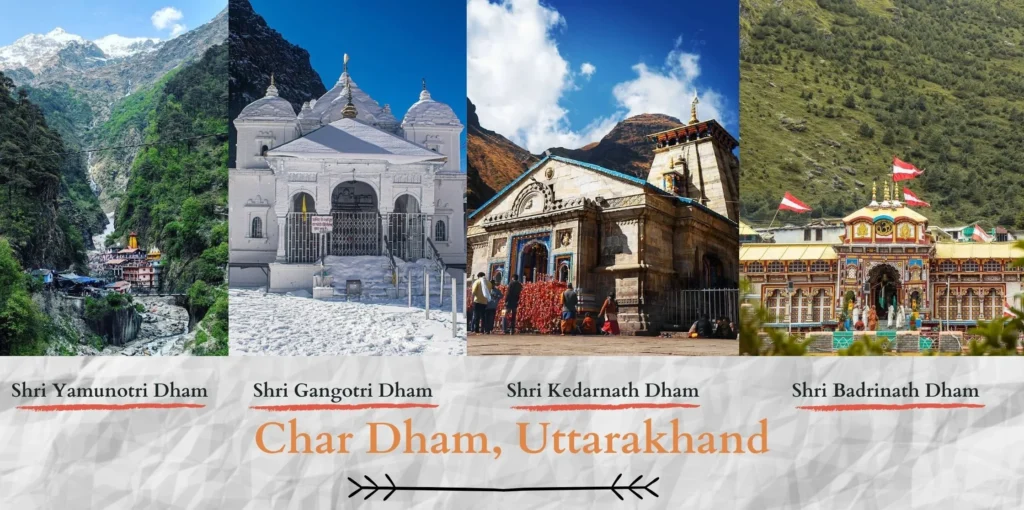
Challenges and Spiritual Growth
The Char Dham Yatra is also about facing challenges and overcoming obstacles. The journey can be physically demanding, requiring strength, endurance, and mental fortitude. As pilgrims navigate the difficult terrains, they often encounter moments of fatigue and doubt, leading to deep reflections on their faith and purpose.
1. Building Inner Strength
The physical challenges of the pilgrimage serve as a catalyst for building inner strength. Many devotees find that pushing through their limits leads to greater self-awareness and confidence. The struggles faced during the Yatra can mirror life’s challenges, teaching pilgrims resilience and the ability to face adversity with faith.
2. The Role of Nature in Spirituality
The breathtaking landscapes of the Himalayas play a crucial role in enhancing the spiritual experience of the Char Dham Yatra. The serene environment, filled with lush greenery, towering peaks, and flowing rivers, fosters a sense of peace and tranquility. Many pilgrims describe moments of divine connection while surrounded by nature, feeling closer to the creator and reflecting on their place in the universe.
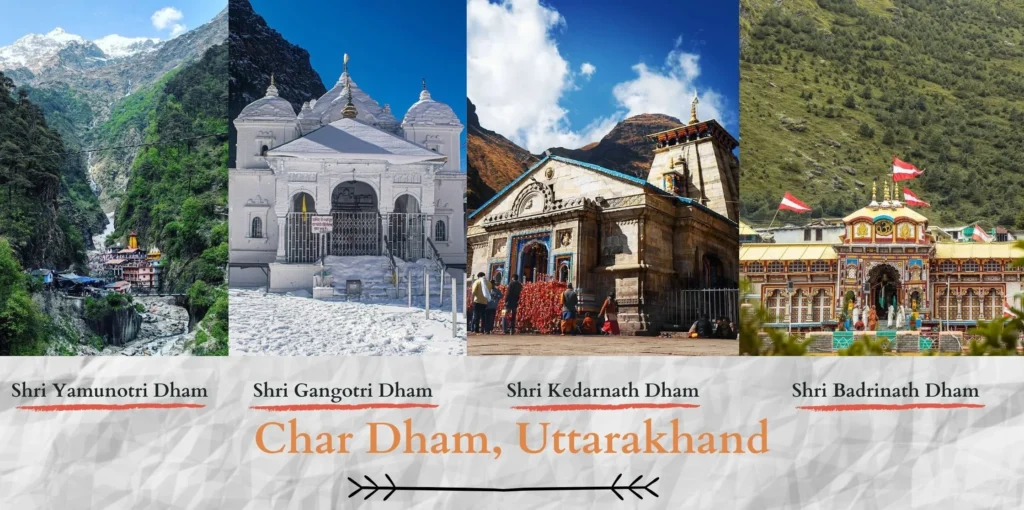
The Aftermath of the Pilgrimage
Completing the Char Dham Yatra leaves a lasting impact on pilgrims. The experience often inspires devotees to adopt a more spiritual lifestyle, incorporating practices like meditation, prayer, and service to others into their daily routines. Many find themselves more attuned to their spiritual beliefs and seek to share their experiences with others.
1. Sharing the Spiritual Journey
After the Yatra, many pilgrims feel compelled to share their experiences and insights. They often become ambassadors of the Char Dham Yatra, encouraging others to embark on their spiritual journeys. This sharing of stories fosters a sense of community and strengthens the bond among devotees, creating a cycle of inspiration and faith.
2. Continuous Spiritual Growth
The Char Dham Yatra serves as a stepping stone for continuous spiritual growth. Many devotees find themselves drawn to further pilgrimages, spiritual retreats, or educational pursuits related to their faith. This ongoing quest for knowledge and understanding deepens their connection to spirituality and fosters a lifelong commitment to personal and communal growth.

The Historical Context of the Char Dham Yatra
Understanding the Char Dham Yatra also requires exploring its historical context. The significance of the pilgrimage can be traced back centuries, intertwined with the cultural and spiritual evolution of Hinduism.
1. The Legacy of Adi Shankaracharya
One of the pivotal figures in popularizing the Char Dham Yatra is Adi Shankaracharya, an 8th-century philosopher and theologian. He played a crucial role in reviving Hinduism at a time when Buddhism was prevalent in India. Shankaracharya established the four sacred shrines as important pilgrimage sites to reinforce the principles of Advaita Vedanta (non-dualism) and the worship of the supreme being.
His contributions included organizing the rituals, promoting the importance of devotion, and establishing monastic orders, which helped maintain the sanctity and significance of the Char Dham.
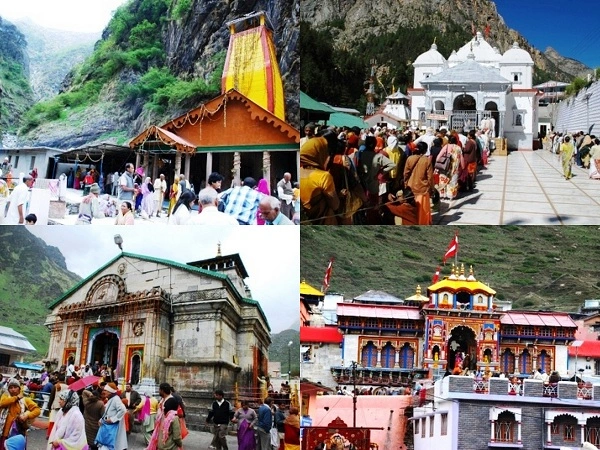
2. Cultural Heritage and Traditions
Over the centuries, the Char Dham Yatra has evolved into a rich tapestry of traditions, folklore, and rituals. Each temple has its unique customs, often influenced by local practices and beliefs.
For example, in Kedarnath, the Kedarnath Mahotsav, celebrated annually, attracts thousands of pilgrims and showcases local culture through dance, music, and food. Similarly, the Ganga Dussehra festival at Gangotri highlights the importance of the Ganges in Hindu mythology, drawing devotees to the site for a grand celebration.
3. Role of the Temples in Pilgrimage
The temples themselves are repositories of history and spirituality. The architectural styles, inscriptions, and artwork found within these sacred sites tell stories of the past and reflect the devotion of countless generations.
For instance, the Kedarnath Temple is known for its intricate stone carvings and unique architecture, standing as a testament to the artistry of ancient craftsmen. Such elements not only attract pilgrims but also serve as cultural artifacts that preserve the heritage of Hinduism.
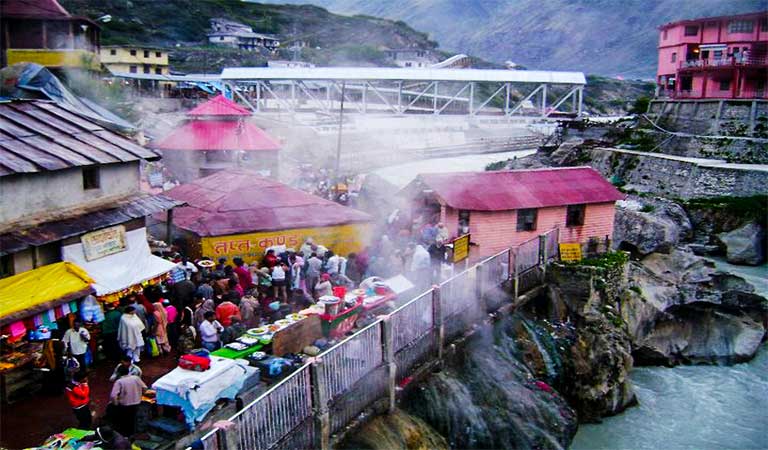
Modern-Day Char Dham Yatra
In today’s world, the Char Dham Yatra continues to attract pilgrims and tourists alike. Its significance transcends religious boundaries, appealing to those seeking spiritual growth, adventure, and connection with nature.
1. Tourism and Pilgrimage
The Char Dham Yatra has become a popular tourist destination, leading to increased infrastructure development in the region. This influx has both positive and negative implications:
- Positive Aspects: Enhanced roads, accommodations, and transportation options make the pilgrimage accessible to a broader audience. Local economies benefit from the tourism boom, providing livelihoods to many.
- Negative Aspects: Overcrowding, environmental degradation, and cultural dilution are significant concerns. Striking a balance between tourism and preserving the sanctity of the pilgrimage is a challenge that authorities must address.
2. Technological Integration
The integration of technology into the Char Dham Yatra experience has transformed how pilgrims plan and embark on their journeys. Online booking systems, mobile applications for navigation, and digital platforms for sharing experiences have streamlined the process, making it more convenient.
However, this technological advancement raises questions about the impact of commercialization on the spiritual essence of the pilgrimage. Pilgrims are encouraged to remain mindful of their intentions and prioritize the spiritual journey over mere tourism.
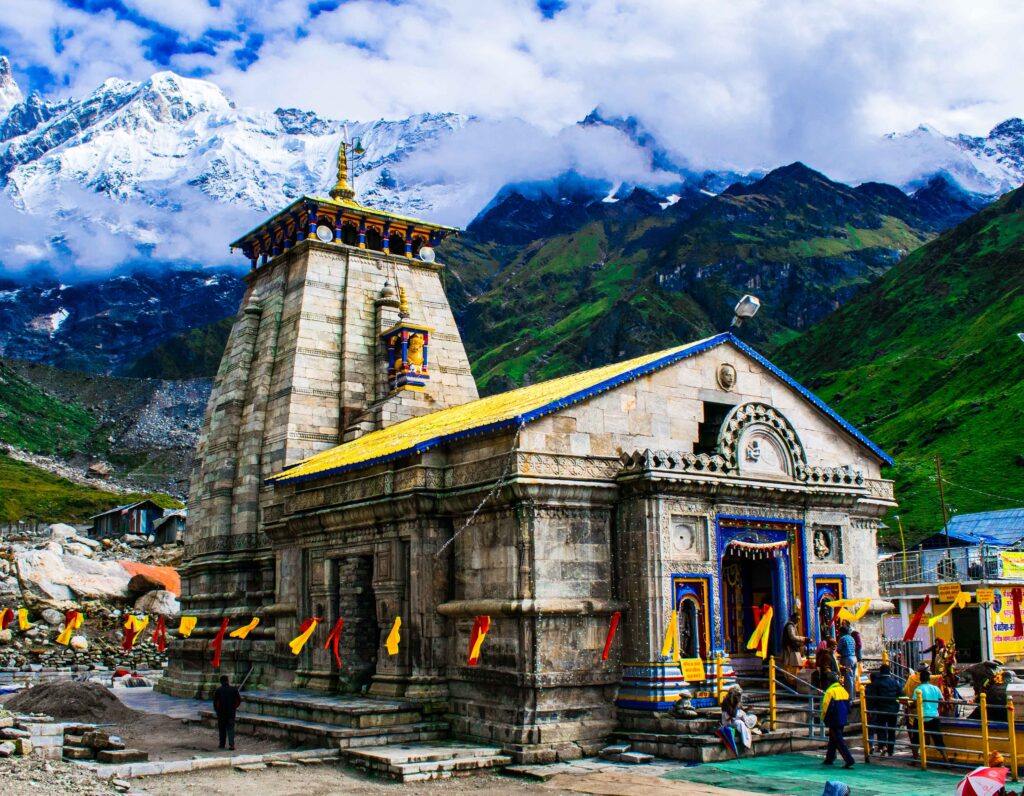
Spiritual Teachings from the Char Dham Yatra
The Char Dham Yatra is not just a physical journey; it embodies numerous spiritual teachings that resonate deeply with pilgrims. These lessons offer valuable insights that can be applied to everyday life.
1. The Importance of Surrender and Faith
The journey emphasizes the significance of surrendering to a higher power. Pilgrims often face uncertainties, whether navigating challenging terrains or coping with adverse weather. Embracing faith and surrendering to the divine can lead to profound spiritual realizations and peace.
2. Self-Reflection and Introspection
The pilgrimage encourages self-reflection and introspection. As pilgrims journey through the serene landscapes, they often engage in meditation and contemplation. This quiet time allows individuals to examine their lives, set intentions, and seek clarity on their spiritual path.
3. Unity in Diversity
The Char Dham Yatra brings together devotees from diverse backgrounds, cultures, and beliefs. This unity in diversity exemplifies the essence of Hinduism, which encourages acceptance and understanding among different faiths. Pilgrims often share their stories, fostering a sense of community and belonging.

Conclusion
The Char Dham Yatra represents a profound spiritual journey, embodying the essence of devotion, faith, and cultural heritage. The religious significance of each dham—Yamunotri, Gangotri, Kedarnath, and Badrinath—creates a tapestry of myths and traditions that connect devotees with their spirituality. This pilgrimage not only purifies the soul but also fosters community, strengthens faith, and celebrates India’s rich cultural legacy.
Whether you are embarking on this journey for the first time or returning to seek deeper connections, the Char Dham Yatra offers an unforgettable experience that resonates with the hearts of millions. As you set foot on this sacred path, may you find peace, enlightenment, and fulfillment in your spiritual journey.








Leave a Reply